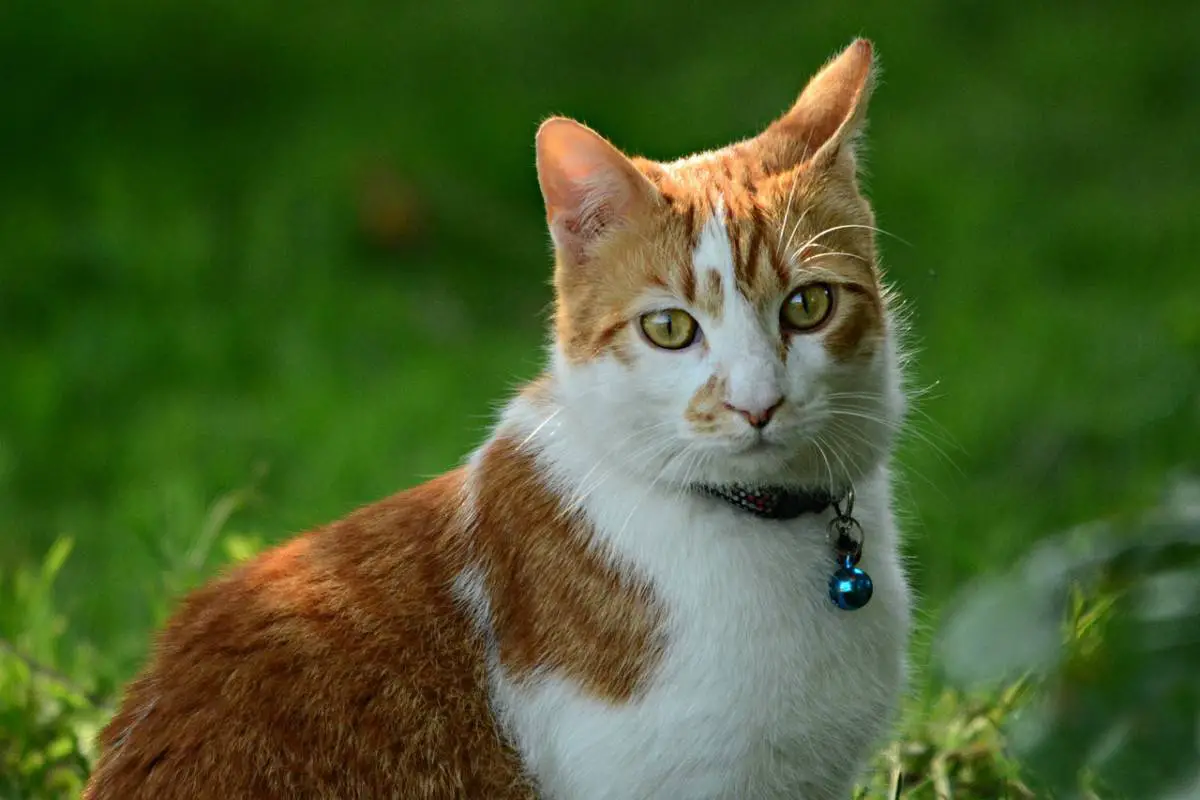Have you ever noticed your cat’s ears move while they are playing? It can be quite a mesmerizing sight to watch! But why do cats have this behavior, and what is its purpose? Let’s look deeper into why cats’ ears move when they play.
Cat Ears Back When Playing
Ever wondered why your cat’s ears move around so much when they’re playing?
Believe it or not, your feline friend is using their ears to listen for the slightest hint of danger.
Cats can pick up on subtle changes in sound frequency, which enables them to detect a potential threat before you even know it’s there.
When they’re playing, their ears become their radar and constantly twitch around, monitoring every sound from their environment.
So next time your kitty plays with a toy, and you notice their ears moving around, remember that it’s all part of a unique evolutionary adaptation for keeping them safe.
Understanding Cat Body Language
Cat body language can be tricky for us humans to understand. Cats communicate most of their feelings through noises like meowing, purring, and growling.
But what about their physical movements?
Cats use their bodies to express their feelings in different situations—including when playing.
One of the most common ways cats communicate during playtime is by using their ears.
When cats are happy or excited, they point their ears forward.
That is why your cat’s ears perk up when playing with toys or engaging with people and other animals.
By pointing her ears forward, your cat sends positive signals that she is having fun and enjoying herself.
On the other hand, if your cat’s ears go back while playing, it could indicate that she feels uncomfortable or threatened by something.
This can happen if another animal or person approaches her too quickly or gets too close for comfort. If this happens, try to give her some space and let her continue playing on her terms.
She may need time alone to calm down before continuing playtime with others again.
Does it mean my cat is aggressive whenever his ears are back when playing?
As we have mentioned above, it does not necessarily mean that your cat is aggressive when he has his ears back.
Well, this would depend on so many other factors.
For instance, if a stray cat approaches your home, your cat may turn his ears back out of fear.
On the other hand, it could be that cats are playing roughly with each other and moving their ears to the back.
To determine whether it is a sign of aggression, you must observe so many other factors and body language cues.
Conclusion
With understanding and patience, you’ll soon learn all the subtle nuances of your beloved pet’s communication style! After all, being able to read our feline friends’ body language helps us build deeper bonds with them so that we can share even more meaningful moments.
[su_box title=”Affiliate Disclosure”]This website is supported by its readers. Please assume that all links are affiliate links. If you make a purchase from one of the links we will make a commission from Amazon. Thank you.[/su_box]




